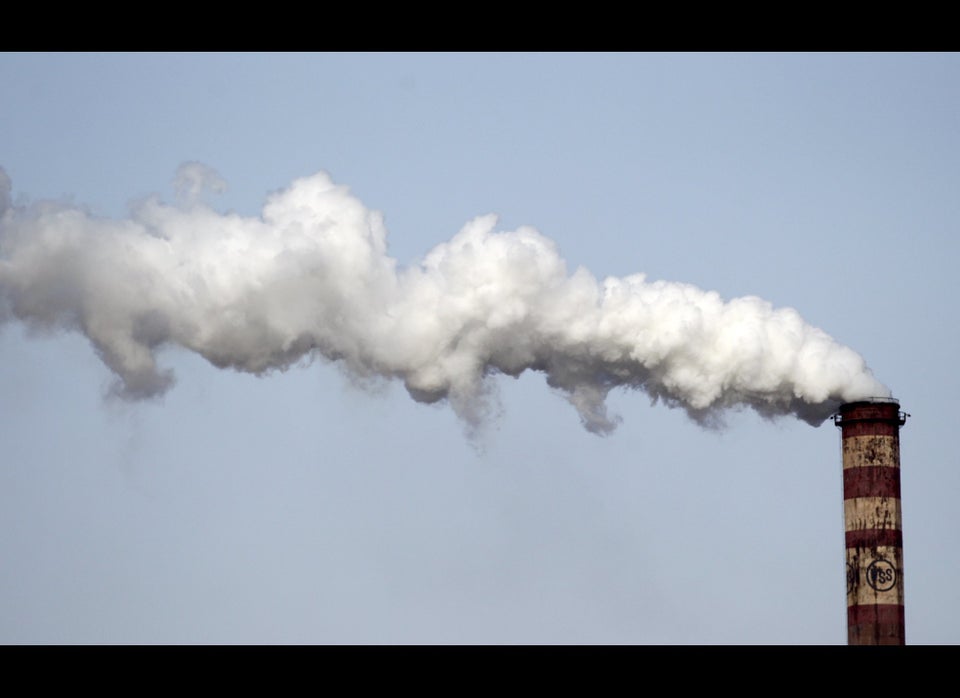By Alister Doyle and Regan Doherty
DOHA, Nov 27 (Reuters) - Permafrost lands across Siberia and Alaska that contain vast stores of carbon are beginning to thaw, bringing with it the threat of a big increase in global warming by 2100, a U.N. report said on Tuesday.
A thaw of the vast areas of permanently frozen ground in Russia, Canada, China and the United States also threatens local homes, roads, railways and oil pipelines, the U.N. Environment Programme (UNEP) said in the report which was released at the U.N. climate talks being held this week and next in Qatar.
"Permafrost has begun to thaw," Kevin Schaefer, lead author at the University of Colorado told a news conference in Doha.
An accelerating melt would free vast amounts of carbon dioxide and methane which has been trapped in organic matter in the subsoil, often for thousands of years, the report said.
Warming permafrost could release the equivalent of between 43 and 135 billion tonnes of carbon dioxide, the main greenhouse gas, by 2100. That would be up to 39 percent of annual emissions from human sources.
Permafrost now contains 1,700 billion tonnes of carbon, or twice the amount now in the atmosphere, it said.
HIGHER TEMPERATURES
And a melt of the permafrost meant that U.N. projections for rising temperatures this century "might be too low", Schaefer said.
UNEP issued a report last week saying that rising world greenhouse gas emissions were on track to push up temperatures by between 3 and 5 degrees Celsius (5.4 to 9F) by 2100.
That is far above a ceiling set by almost 200 nations at the U.N. climate talks in 2010 of limiting any rise to below 2 degrees C (3.6 F) to avert more floods, droughts, heatwaves and rising sea levels.
But that report did not fully factor in the risks from the permafrost, UNEP said. A thaw would create a vicious circle, since the release of more greenhouse gases would trap more heat in the air and in turn accelerate the melting.
That could bring an irreversible, runaway effect.
Targets for emissions in any new treaty to combat global warming, which is meant to come into force by 2020 with curbs by all nations, "need to account for these emissions or we risk overshooting the 2°C maximum warming target," Schaefer said.
"Permafrost is one of the keys to the planet's future," Achim Steiner, head of UNEP, said in a statement. "Its potential impact on the climate, ecosystems and infrastructure has been neglected for too long."
The study said that a thaw could also undermine infrastrucutre, from bridges to power lines, and harm animal and plant life in the north, a region of forests and tundra.
It pointed to the 1994 failure of a pipeline to the Vozei oilfield in northern Russia, which led to a spill of 160,000 tonnes of oil, the world's largest terrestrial oil spill.
Authors suggested a special report about permafrost by the U.N. panel of climate experts and urged better monitoring of permafrost in the north.
But the vice-chair of the panel, Jean-Pascal van Ypersele, said global reports by the panel due in 2013 and 2014 would include the latest findings. "It might be premature to say a special report is needed," he said. (Editing by Greg Mahlich)

